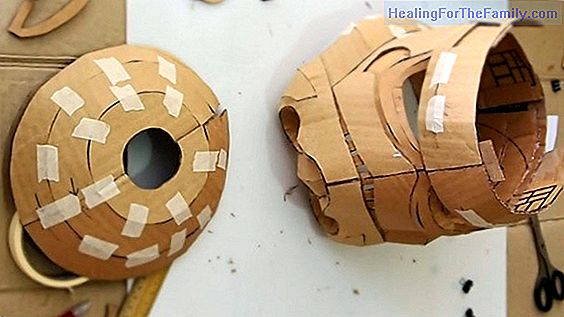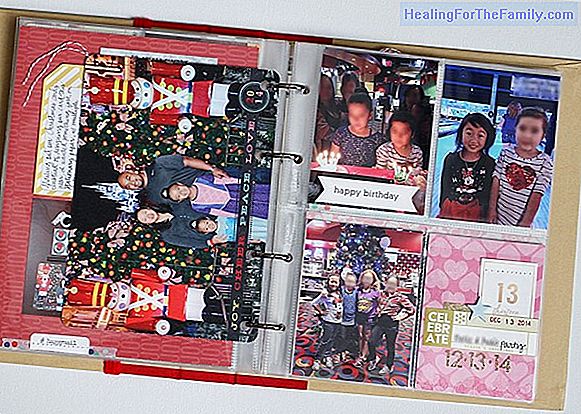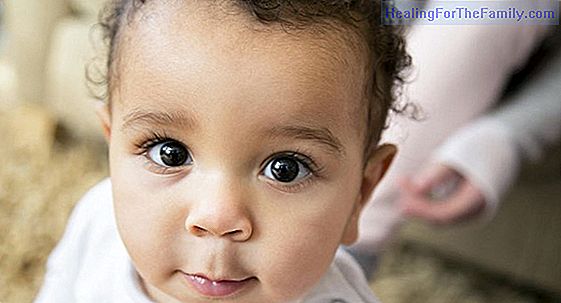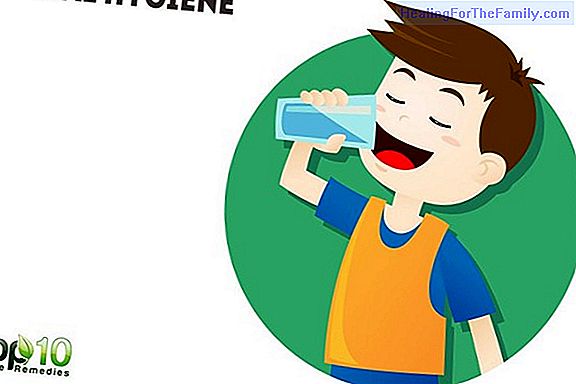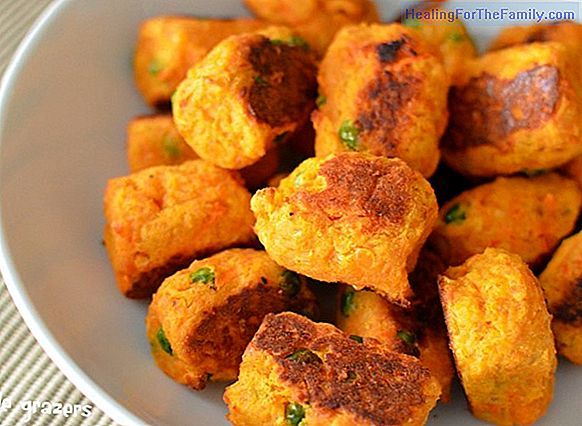Wounds from burns on the child's skin
Burns of children due to domestic accidents are very common. Sometimes, a parental mistake with a lit iron, a ceramic hob, a stove or the fireplace can cause a burn in children, who are attracted by the light coming from the heat source and feel the urge to touch it . In the event of a domestic acci
Burns of children due to domestic accidents are very common. Sometimes, a parental mistake with a lit iron, a ceramic hob, a stove or the fireplace can cause a burn in children, who are attracted by the light coming from the heat source and feel the urge to touch it .
In the event of a domestic accident, which results in a burn, how should we act? Dr. Jesús Juan Jesús Hernández, head of the Health Plan of the Department of Health and Relief, of the Red Cross , in an interview with GuiaInfantil.com answers all our questions.How to cure a burn on the skin of children
How can we distinguish a minor burn from a severe one that requires medical assistance?
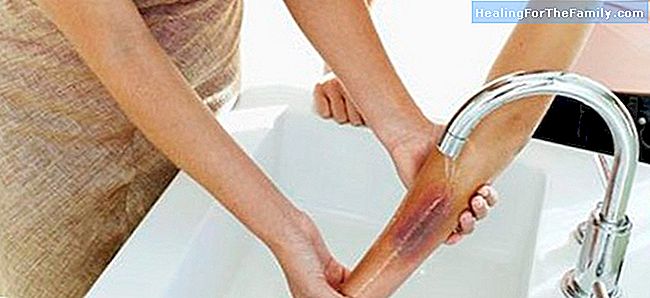
There are different factors that help us to know the severity of the burn. One of them is the
extension : it is clear that the more amount of body surface burned we have, logically more serious is the burn.Burns are also valued for depth, which is measured by the thickness of the skin that is affected by that burn. We speak of three fundamental degrees:
first degree burn que, which is a superficial burn where what we see is basically that the skin is red; a second degree burn, where there is a greater involvement of the thickness of the skin and the typical lesion is the blister, the flictena. And a third degree burnor total thickness burn, in which all the thickness of the skin is altered and the skin is blackened like leather, sometimes even, there is a loss of sensitivity due to that destruction of the skin and of all those nerve endings we have in it. To assess severity, we must also take into account age
: the smaller the child, the more serious the burn will be; the location: a burn is not the same on the back of the hand as, for example, on the face, not only because of the problems that the scars may have, but also because of the vascularization problems that these areas may have. How the burn has been caused, if there is an associated trauma or, for example, if there is a underlying disease such as diabetes, can make the burn prognosis worse. What should we never do when treating a burn in a child?In the case of burns, it can be
to puncture the blisters
, thinking that this way we will accelerate healing, and what we are doing is creating a wound where there was none and increasing the risk of infection. Another frequent error is to apply ointments or household elements in the bed of the burn, such as toothpaste, for example, looking for a cooling effect, which will later create problems of skin irritation and scarring. Also, when we have to clean that wound it will be very painful to take off or remove that toothpaste or ointment that we have applied. In fact, in general and together with this, a common failure is to use pharmacological treatments with children within what is a wound care. Medications or antibiotic ointments, for example, are treatments thatshould be indicated by medical personnel
and that it can not be the parents, guardians or mothers of the children who decide that it should be administered. To treat a burn, do you always have to use an antiseptic? The antiseptic is a co-helper in the treatment of the wound, it will help us to prevent the wound from becoming infected. Fundamentally, it is a
preventive treatment that we use to prevent the wound from getting infected
, it is not a treatment of the infection as such, but it can help us as a collaborator of the best procedure that is washing with soap and water. The antiseptic will give us a safety bonus once we have managed to have the wound clean to prevent infection. Do we have everything necessary in the home medicine cabinet to cure our son?The most important part of a medicine cabinet has to be all the material related to the treatment and healing of wounds. This means that
in the kit we will have sterile gauze,
gloves, they do not need to be sterile, but it is a good measure for our own protection, different sizes of hypoallergenic plasters,plasters of different sizes or sizes. that can be cut to adapt to the wound, small bottles of physiological saline to clean a wound, an antiseptic and bandages of different sizes . And we must bear in mind that medication is not included in a basic first aid kit, but that does not mean that we do not have to have medication at home. Possibly, our pediatrician will have recommended a series of drugs that we can use when the child has a fever, based on paracetamol or ibuprofen, and that will be part of this kit. It is very important that the medicine cabinet is in a place away from the children, under lock and key, so that they can not access. I also recommend that, not inside the first-aid kit, but in an area that we all know where it is, there are our children's health cards so that if, at a given moment, we have to run to the hospital we can quickly access the updated vaccinations and, of course, all those medical reports of more or less important illnesses that our son has had over the years.


